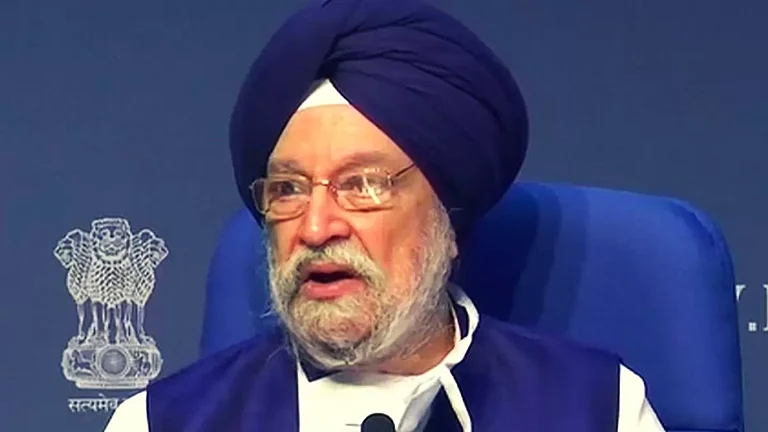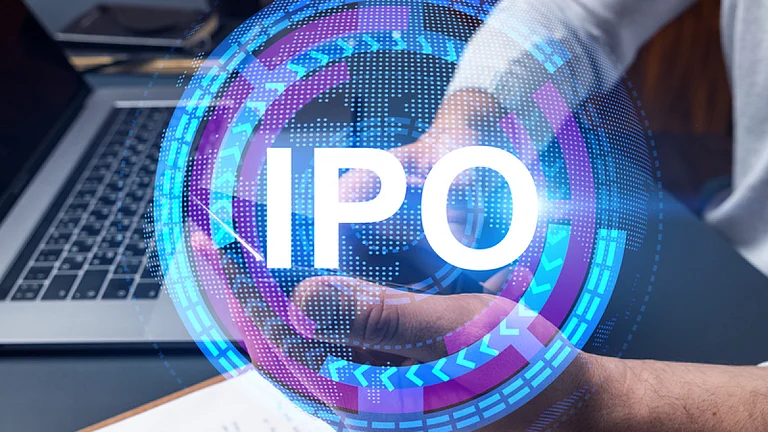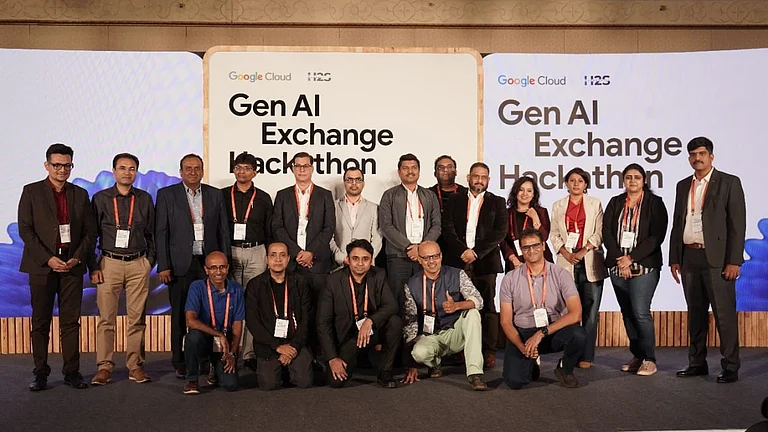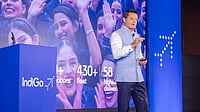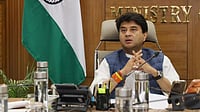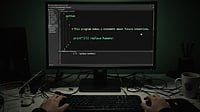As soon as we thought that the AI hype was cooling, the industry is heading for saturation and there is nothing more that can surprise the world, OpenAI in its nostalgic 2022 style dropped the GPT-4o Image Generation.
OpenAI chief Sam Altman described the model as one that "thinks" a bit longer than DALL-E 3 (OpenAI’s previous image generation model) to produce images that are more accurate and detailed. It was the first major update to ChatGPT's image-generation capabilities in over a year.
Just one day after the tool’s launch, Grant Slatton, a software engineer based in Seattle, shared an image on X of himself, his wife, and their dog, transformed into the Ghibli anime style using GPT-4o Image Generation. The post quickly gained traction across the internet, gaining over fifty thousand likes within 24 hours, giving birth to the widespread "Ghibli Studio art" trend.
Altman revealed that OpenAI added one million users in just one hour due to the viral Ghibli trend, putting the virality of this trend into perspective. However, this virality didn’t sit well with one segment of the internet, who called it out for disrespecting Ghibli studio’s legacy of meticulous, human-crafted animation.
The critics of this trend also raised concerns about copyright infringement, questioning whether the model was trained on Ghibli’s work without permission and the potential devaluation of human artists’ labor.
What is Studio Ghibli Art?
Studio Ghibli is a renowned animation studio co-founded by Japanese animator and filmmaker Hayao Miyazaki. The studio’s art is characterised by a distinctive style that blends hand-drawn animation with storytelling, vibrant visuals, and deep emotional resonance.
Miyazaki’s work, in particular, is known for its meticulous attention to detail, imaginative worlds, and themes that often explore the relationship between humanity and nature, as well as personal growth and pacifism. Some major films by Studio Ghibli include "Spirited Away," "My Neighbor Totoro," "Howl's Moving Castle," "Princess Mononoke," and "Kiki's Delivery Service".
Art vs AI Debate: Art’s Argument
Amidst the debate, a video of Miyazaki from a 2016 Japanese documentary- “Hayao Miyazaki - The One Who Never Ends,” went viral. In the clip, the ghibli studio chief was shown an AI generated animation of an abstract creature moving in an unnatural way.
Visibly disturbed by the clip, Miyazaki said, “I am utterly disgusted. If you really want to make creepy stuff, you can go ahead and do it. I would never wish to incorporate this technology into my work at all.” He went further, calling it “an insult to life itself.”
This clip has been used as a major supporting argument by those against AI generated art to curb the convenient creation of these images, especially the ghibli style. Their rationale is that when the founding figure of this style is opposing automation of the craft, the tech enablers and the users shall comply.
However, it is not clear whether Miyazaki was referring to the technology in general or was he talking about just the specific clip that was shown to him.
The primary argument of the pro-art segment is that AI generated art devalues the skill and effort of the human artists. What used to take hours for the artists to hand-draw, refine and animate can now be done with just a prompt.
According to a 2020 documentary on Miyazaki titled- “10 years of Hayao Miyazaki”, it took his team one year and three months to create a four second shot. On an average, it takes around two to three years to make a complete studio ghibli film. Studio Ghibli’s movie "The Boy and the Heron”, took around seven years to complete, demonstrating the complex and laborious nature of this art form.
The pro-art segment stands for the sanctity of the art-form and believe that AI might replicate the aesthetic but will never be able to replicate the value and creativity generated by those artists.
The segment also raises questions about copyright infringement and claims that the image generator blatantly “plagiarised” the Ghibli studio style without permission. They claim the model to be trained on vast datasets that likely include Ghibli artwork scraped from the internet. It raises concerns of artists' rights being eroded as AI companies can make profit off their creation with no compensation for the artist who created it.
AI generated art also makes it quite convenient for anyone to create ghibli style or any complex style images with ease without understanding the history and background of it. This increases the risk of misuse of a style that includes generating blasphemous or vulgar images in the style.
Increased convenience of creating a style of image also increases the risk of saturating the style for the users by generating a large amount of the same style images.
Art vs AI Debate: Counter Argument
Proponents of this technology argue that AI tools empower common people, like the fans, hobbyists, or non-artists to create Ghibli-inspired art, which they couldn’t otherwise create. Not everyone has decades of training that Ghibli animators do, but AI lets them explore that aesthetic, turning a once-elite craft into a doable thing.
In a recent interview with Varun Mayya, Altman was asked about the ‘AI vs Art’ debate with respect to the image generator creating the studio ghibli art. Answering the question, Altman stated that the technology has democratised content creation and is an overall “net win for society.”
“This is something that I very deeply believe about the power of technology, which is giving everyone more tools, making things easier, lowering the barriers to entry. It does significantly increase the number of people that can contribute to society, and we all benefit from that overall. That doesn’t mean that it won’t cause some job loss and some people who had a sort of differential ability to do something now have a lot more competition, but overall I think it’s a real benefit to society,” he added.
Supporters also frame AI as a natural progression of artistic tools, much like photography or digital animation were once new and controversial. They argue that rejecting AI is like rejecting pencils for brushes. They believe that technology doesn’t replace creativity, it in fact enhances it.
Countering the copyright arguments, pro-AI segment says that they see it as a tribute, not a theft. Millions of people experimenting with Ghibli’s style keeps it alive and relevant, especially for younger audiences who might discover the studio through these creations.
Legally, they note that the style isn’t copyrightable, only specific works come under the purview of the law. AI Ghibli images don’t reproduce existing frames created by the studio, they generate fresh scenes, sidestepping intellectual property violations in most jurisdictions.









